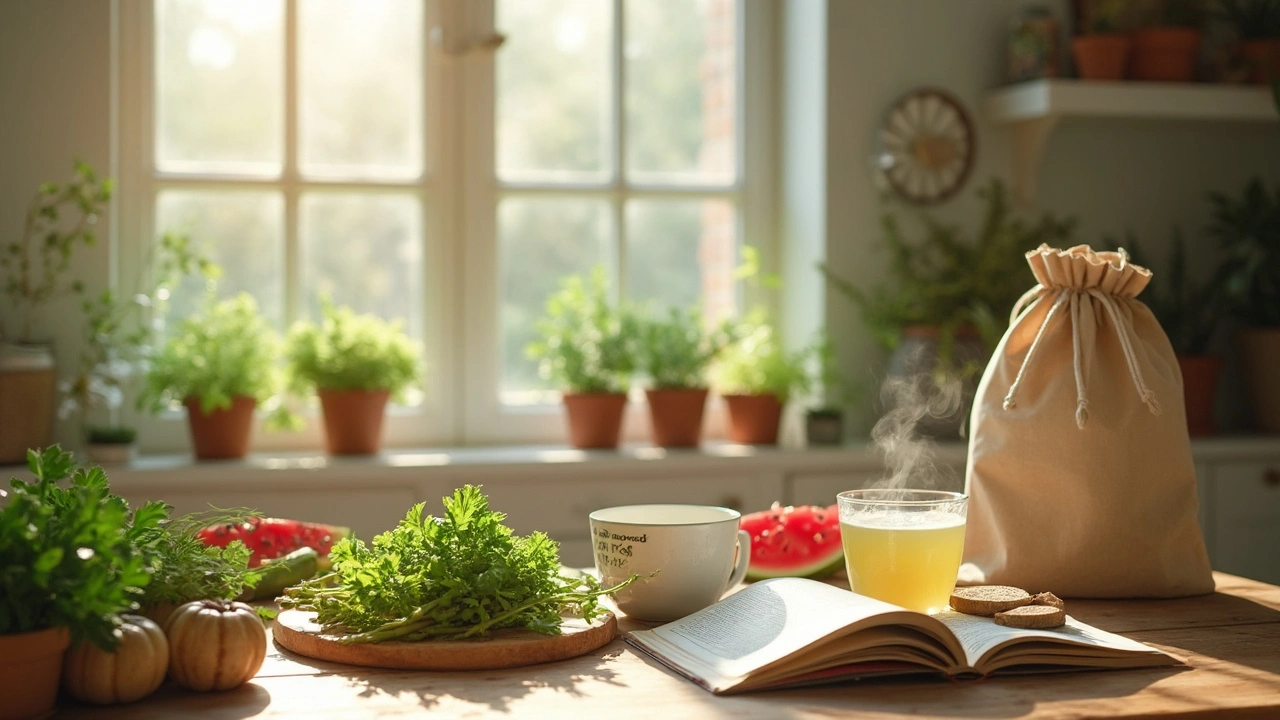Foods for Water Retention: What to Eat and What to Skip
Feeling puffy or bloated? What you eat can make a quick difference. Some foods help your body shed extra fluid, while others hold onto water and make swelling worse. Below I’ll give a clear list of what to add to your plate, what to cut back on, and practical meal ideas you can use right away.
Foods that help reduce water retention
Choose potassium-rich foods first. Potassium helps balance sodium and can reduce bloating. Good picks: bananas, avocados, sweet potatoes, spinach, and tomatoes. Add one of these to a meal every day.
Eat natural diuretics. These are foods that mildly increase urine output and lower excess fluid. Try asparagus, cucumber, celery, parsley, and beets. A cucumber-and-parsley salad with lemon is an easy side that helps.
Include magnesium and calcium sources. These minerals support fluid balance. Eat pumpkin seeds, almonds, leafy greens, yogurt, and low-fat cheese. A handful of almonds or a small bowl of yogurt makes a useful snack.
Choose high-fiber plants. Fiber helps digestion and prevents constipation, which can worsen bloating. Oats, berries, beans, and whole grains keep your gut moving and reduce trapped fluid.
What to avoid and quick tips
Cut back on salt and processed foods. Packaged meals, canned soups, and fast food often pack a lot of sodium. Try cooking simple meals at home and use herbs, lemon, or vinegar instead of salt.
Avoid high-sugar and refined carbs. Foods like sweets, white bread, and many snack foods can increase insulin and shift how your body stores water. Swap refined carbs for whole grains and fruit.
Limit alcohol and caffeine spikes. Alcohol dehydrates at first but can lead to rebound water retention. Large caffeine doses can also disrupt fluid balance for some people. Moderate both and drink plain water regularly.
Stay hydrated. Drinking water might sound wrong when you're puffy, but staying hydrated signals your body it doesn’t need to hold onto fluid. Aim for steady water intake across the day instead of gulping at once.
Practical meal ideas: breakfast—oatmeal with banana and a handful of pumpkin seeds; lunch—spinach salad with avocado, cucumber, grilled chicken, and lemon dressing; snack—plain yogurt with berries; dinner—baked salmon, roasted sweet potato, and steamed asparagus.
Small habits add up. Walk after meals to help circulation, sleep with your legs elevated if your ankles swell, and wear comfortable shoes. If swelling is sudden, painful, or only in one area, see a doctor. Persistent or severe edema can mean a medical issue that food alone won’t fix.
Try these food swaps for a week and note how you feel. Most people notice less bloating within days when they reduce salt, eat more potassium-rich foods, and drink enough water. If you want, I can give you a 3-day meal plan that follows these tips.

